Computer Numerical Control (CNC) technology has revolutionized the manufacturing industry, offering precision, efficiency, and flexibility. By automating machining processes, CNC technology has become integral to various manufacturing applications, enhancing productivity and enabling the production of complex parts with high accuracy. Here, we explore some of the key applications of CNC technology in manufacturing.

Applications of CNC Technology in Manufacturing
1.Automotive Industry
The automotive industry extensively utilizes CNC technology for producing various components, from engine parts to intricate dashboard details. CNC machines are crucial for manufacturing precision parts such as gearboxes, cylinder heads, and custom car parts, ensuring high quality and consistency. This technology allows for the mass production of complex components while maintaining tight tolerances, which is essential for the performance and safety of vehicles.
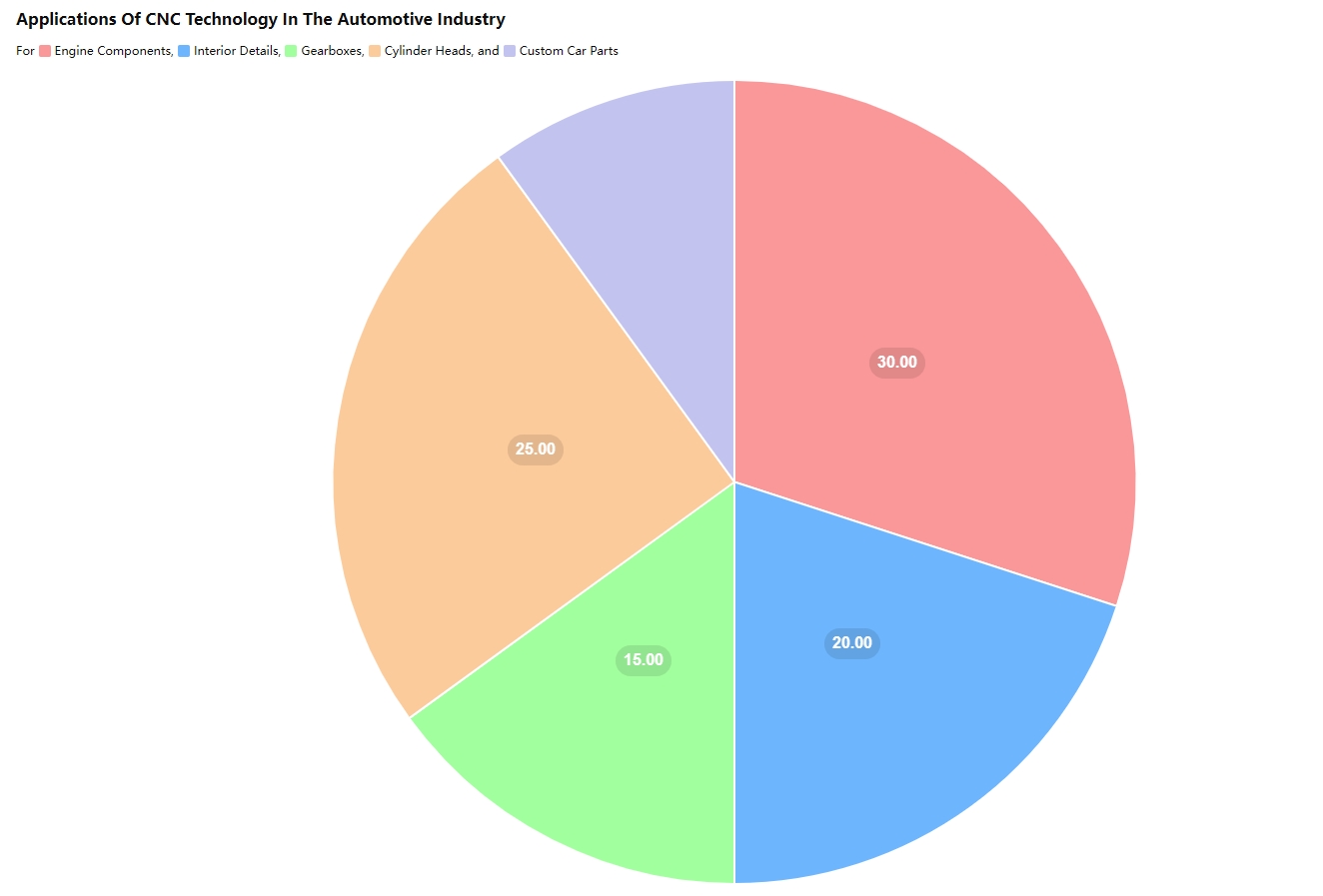
2.Aerospace Industry
In the aerospace sector, precision and reliability are paramount. CNC technology is employed to manufacture critical aircraft components, including turbine blades, wing ribs, and fuselage parts. The ability to machine complex shapes and maintain exact specifications makes CNC machines indispensable in this industry. Additionally, CNC technology aids in the production of prototypes for testing and validation, speeding up the development process for new aircraft designs.

3.Medical Device Manufacturing
The medical industry benefits from CNC technology through the production of precise and complex medical devices and implants. Components such as orthopedic implants, surgical instruments, and dental prosthetics require high precision and biocompatible materials, which CNC machines can handle effectively. The technology also facilitates customization, allowing for patient-specific solutions that enhance the effectiveness of medical treatments.
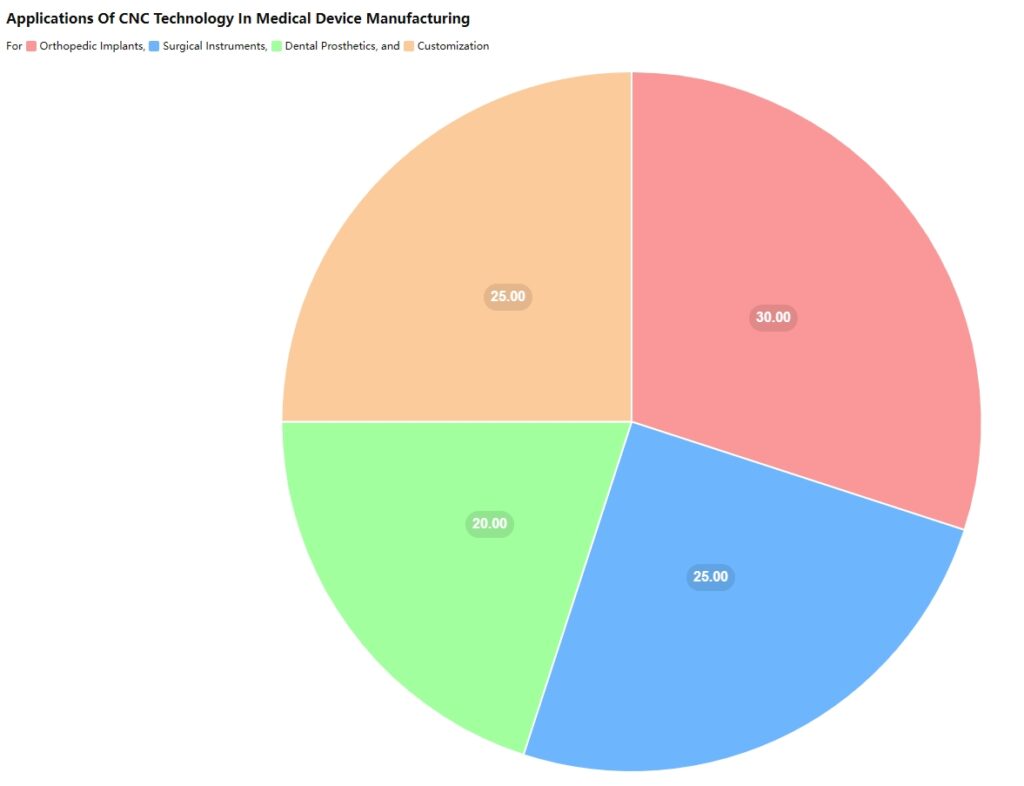
4.Electronics Industry
CNC technology plays a vital role in the electronics industry by manufacturing components like circuit boards, connectors, and enclosures. CNC machines are capable of producing parts with intricate designs and fine details, essential for the compact and complex nature of electronic devices. This technology ensures the repeatability and consistency required for high-volume production while maintaining the precision necessary for electronic components.
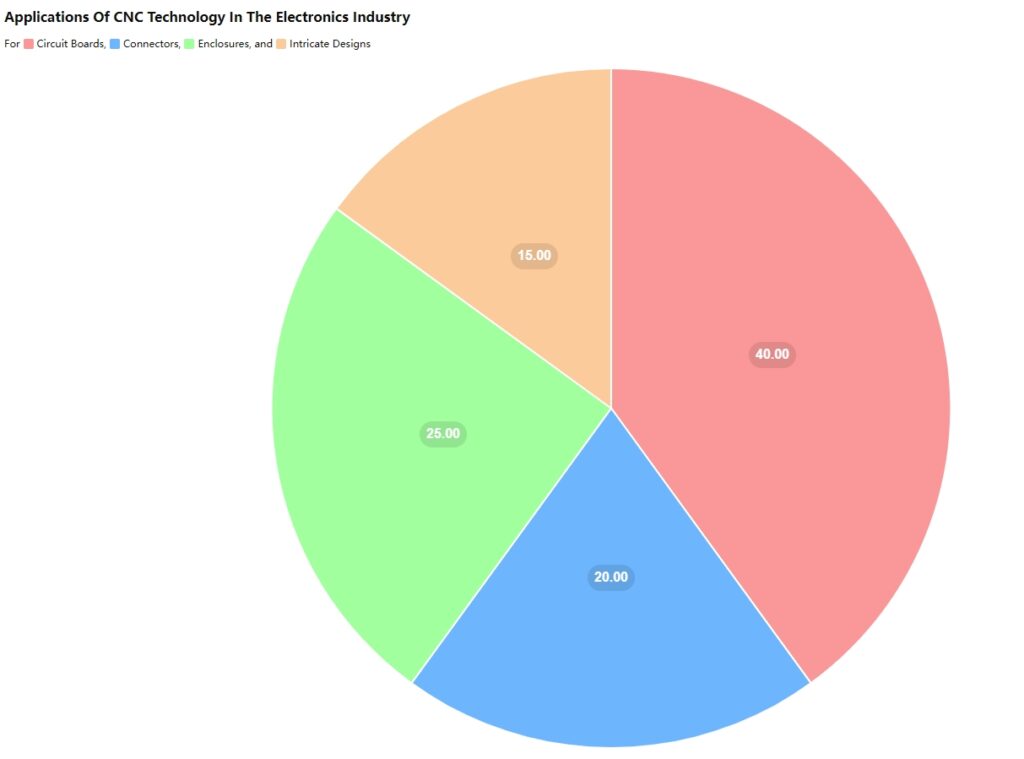
5.Metal Fabrication
Metal fabrication is one of the primary applications of CNC technology. CNC machines, including lathes, mills, and routers, are used to cut, shape, and finish metal parts. This technology allows for the creation of custom metal components with high accuracy and repeatability, making it ideal for producing everything from structural components to artistic metalwork. CNC technology also supports the efficient production of prototypes, helping fabricators test and refine their designs before full-scale production.
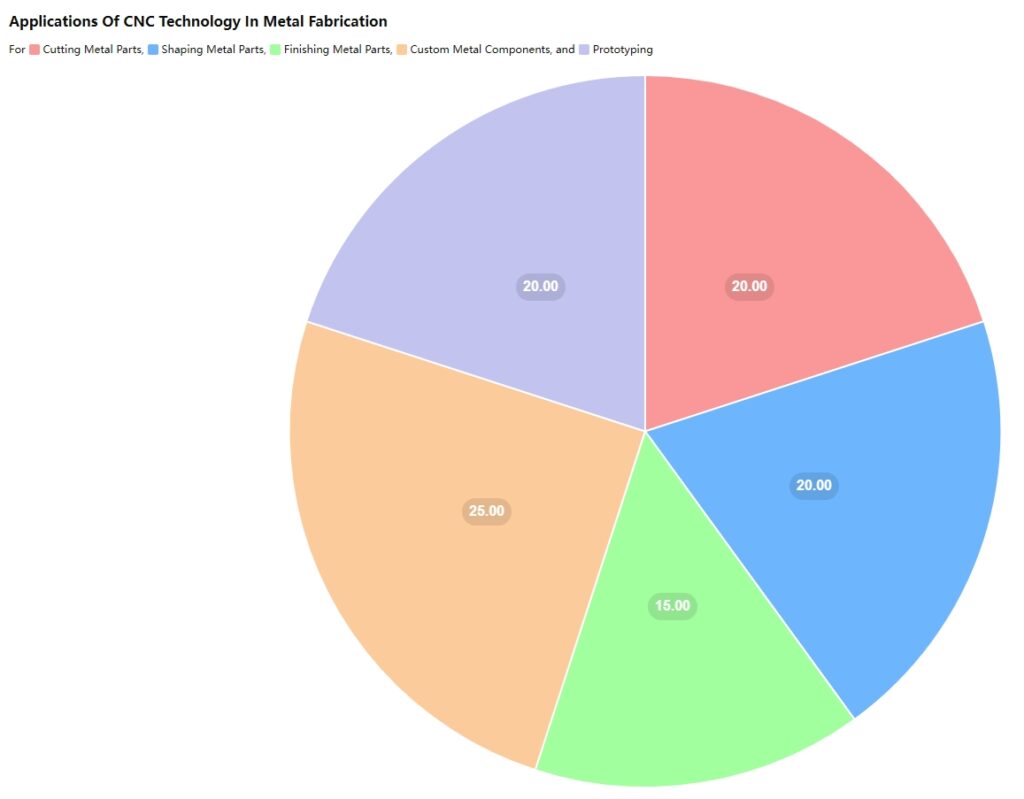
6.Furniture and Woodworking
In the furniture and woodworking industry, CNC technology has transformed the way products are designed and manufactured. CNC routers and mills enable the creation of intricate designs and patterns, which would be challenging and time-consuming to achieve manually. This technology allows for the production of customized furniture pieces, intricate carvings, and detailed wood inlays, enhancing both the aesthetic and functional aspects of wood products.
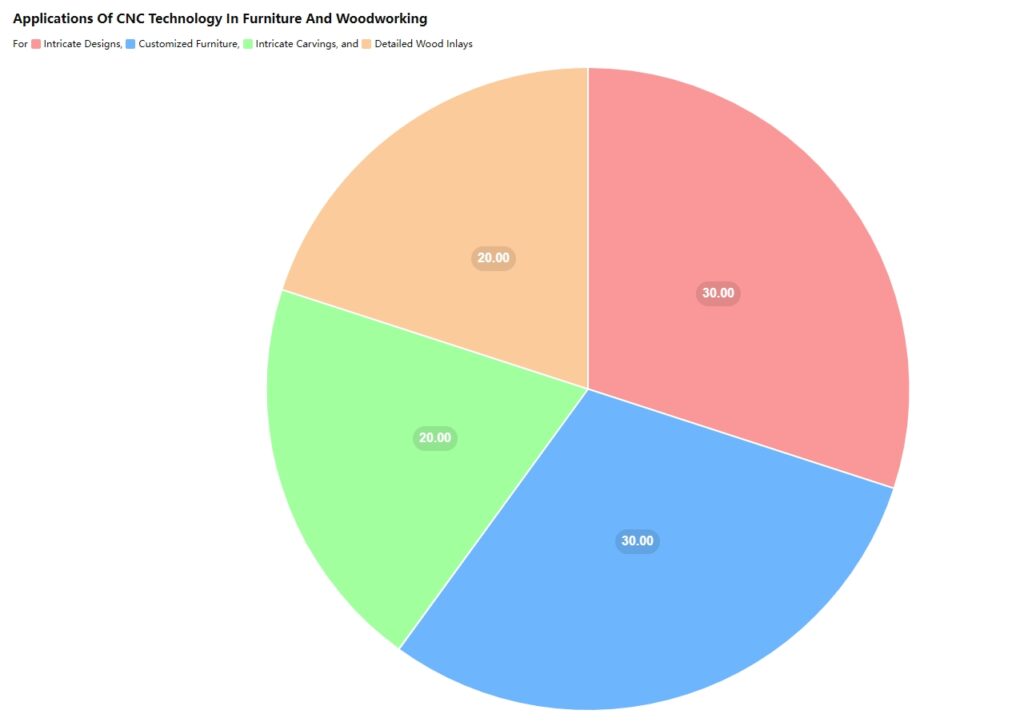
7.Prototyping and Rapid Manufacturing
CNC technology is crucial for rapid prototyping and manufacturing, allowing companies to quickly produce prototypes for testing and development. CNC machines can create precise and functional prototypes from various materials, including metals, plastics, and composites. This capability accelerates the product development cycle, enabling manufacturers to bring new products to market faster and with fewer iterations.
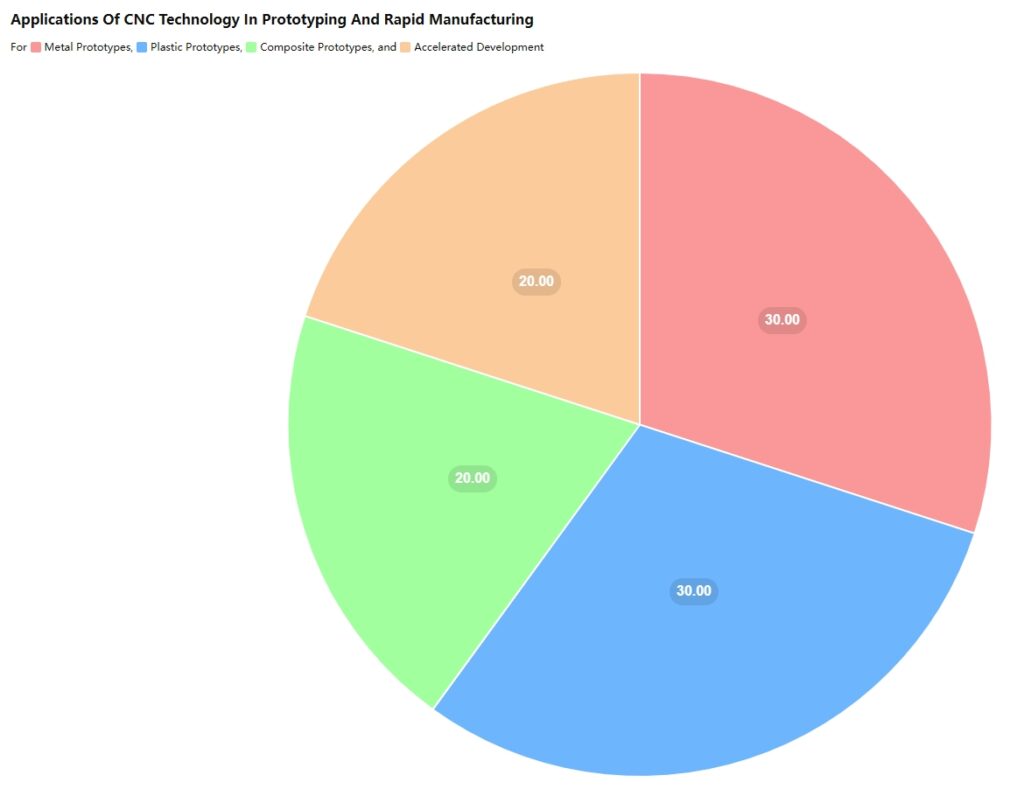
8.Jewelry Making
The jewelry industry benefits from CNC technology through the production of intricate and precise designs. CNC machines can create detailed patterns and shapes in precious metals, ensuring consistency and quality in each piece. This technology also allows for the customization of jewelry, providing unique and personalized designs that cater to individual preferences.
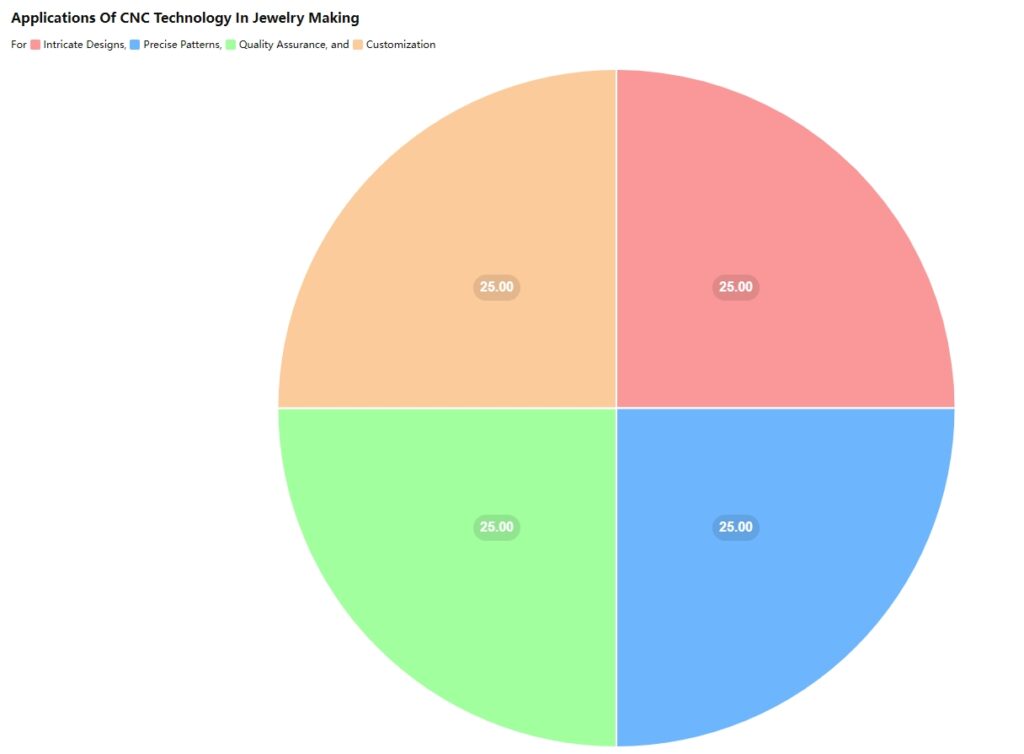
Conclusion
CNC technology has a broad range of applications in manufacturing, offering unparalleled precision, efficiency, and versatility. From automotive and aerospace to medical devices and jewelry making, CNC machines have become essential tools in producing high-quality, complex parts. As technology continues to advance, the applications of CNC technology in manufacturing will likely expand, further revolutionizing the industry and driving innovation.
Whether you are in the automotive sector, aerospace, or any other industry that requires precision machining, CNC technology provides the tools needed to achieve high standards and meet the demands of modern manufacturing.
